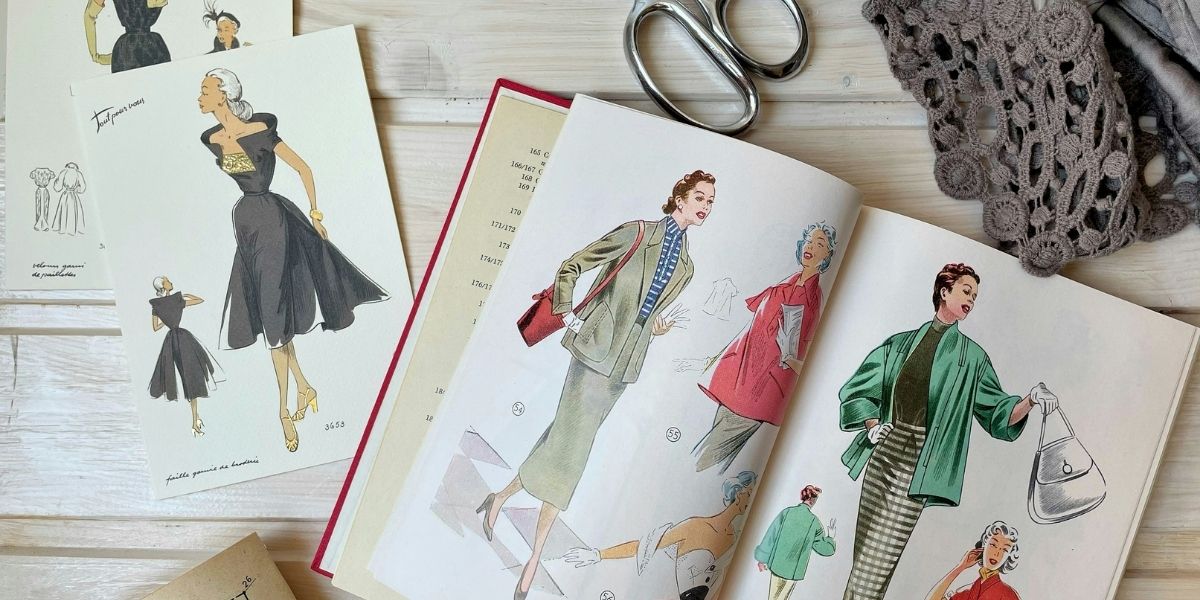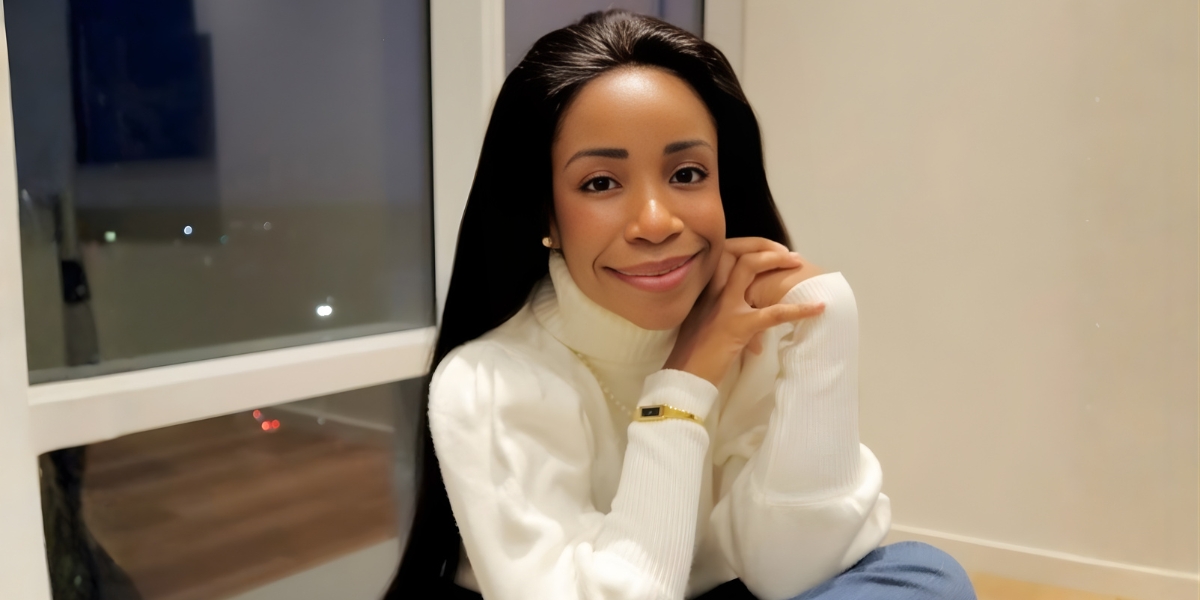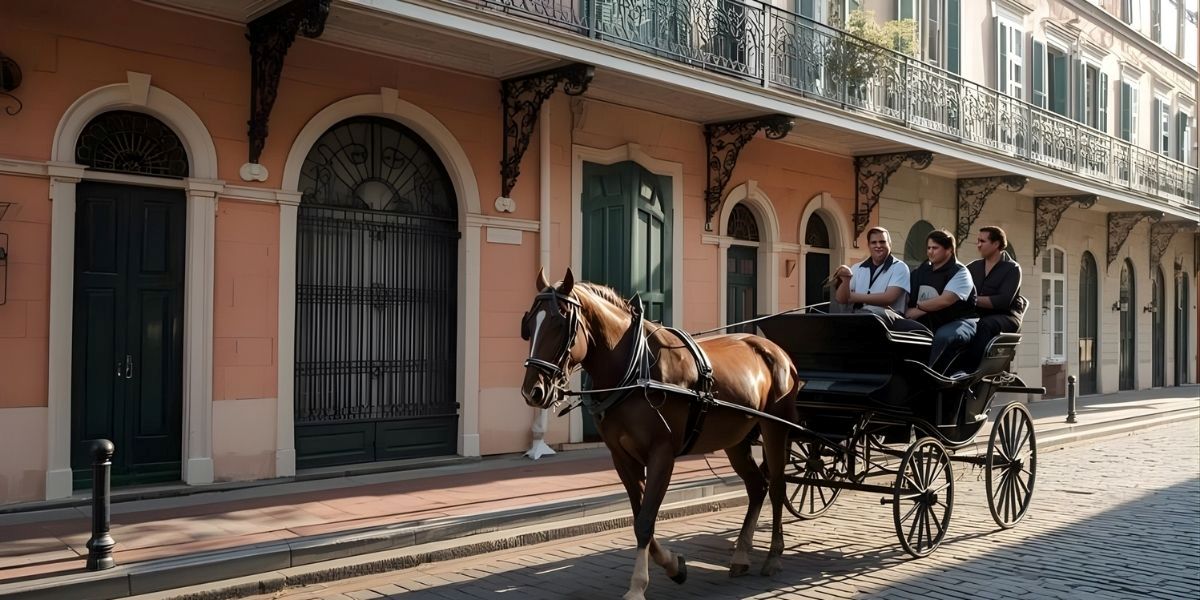Fashion drawing and illustration are foundational skills for any fashion designer. These visual techniques allow designers to express their ideas, conceptualize new collections, and communicate their vision to clients and manufacturers. This practical guide explores the importance of fashion drawing, the essential tools involved, and step-by-step instructions for mastering the art of fashion illustration.
Fashion drawing plays a vital role in the design process, enabling designers to capture their ideas and bring them to life on paper before moving to fabric. It allows for quick sketches that can communicate a concept clearly, without the need for elaborate descriptions. Additionally, fashion drawings help designers experiment with proportions, silhouettes, and details, refining their ideas before committing to actual garments. These illustrations are often the first step in the design process, acting as a blueprint for the creation of new collections. Furthermore, they serve as a way for designers to present their ideas to clients or investors in a visually compelling manner.
Essential Tools for Fashion Illustration
To create professional fashion illustrations, designers require a range of tools that cater to different styles and techniques. The essential tools for fashion drawing include pencils, erasers, markers, and colored pencils. Designers also use fine liners and pens for detailed line work and ink drawings. For those who prefer digital media, graphic tablets and software like Adobe Illustrator or Procreate are excellent alternatives for creating precise, polished illustrations. The choice of medium can vary depending on the designer’s preferred style, whether it’s a traditional hand-drawn sketch or a modern digital rendering. Regardless of the tools chosen, mastering the techniques associated with each is key to creating realistic and expressive fashion illustrations.
Step-by-Step Guide to Drawing Fashion Figures
Drawing fashion figures begins with mastering the basic human proportions. Most fashion illustrations follow a specific set of proportions that differ from real-life human anatomy. The “9-heads” rule is commonly used in fashion drawing, where the figure is divided into nine equal sections to establish ideal proportions for a taller, more elongated appearance. Once the basic structure is established, artists can add defining features such as the posture, clothing, and accessories. The next steps involve refining the details of the figure, ensuring that the lines are clean and smooth, and carefully working on posture to make the figure look dynamic. Practicing sketching fashion figures regularly will improve accuracy and fluidity in creating poses and expressions, essential for a polished and professional illustration.
Creating Detailed Sketches and Illustrations

Once the basic structure of the fashion figure is complete, the next step is to add details that bring the design to life. Designers must focus on drawing the clothing and accessories accurately, paying attention to the way garments fall, fit, and flow on the figure. The use of light and shadow helps create a sense of depth, giving the illustration a more realistic and three-dimensional quality. Textures such as folds, pleats, and creases can be highlighted through detailed shading techniques. Additionally, it is important to capture the movement of the fabric, as the fluidity of the design plays a key role in fashion illustration. This stage is where creativity truly comes into play, allowing designers to experiment with various elements to create a striking and detailed final piece.
Rendering Fabrics, Textures, and Color
Rendering fabrics and textures is a critical part of fashion illustration, as it helps convey the material qualities of a design. Different fabrics react to light in unique ways, and the illustrator must replicate this through their rendering techniques. For example, silk is typically illustrated with smooth, shiny strokes, while wool may have a rougher, more matte appearance. Designers must also pay attention to how fabrics move on the body, as different materials will drape and fold differently. Color plays an equally important role in creating a visually appealing illustration. Designers must choose their color palette carefully to reflect the mood and concept of the collection, and they often use color markers, watercolors, or digital tools to add vibrancy and depth to the sketches. This process of rendering brings the design to life, providing a more accurate and enticing visual representation of the final product.
Drawing for Fashion Shows and Portfolio Creation
Fashion illustrations are essential for fashion shows and portfolio creation, serving as a visual tool for designers to present their collections. For fashion shows, designers use sketches to plan how garments will look on the runway, adjusting elements such as proportions, color schemes, and styling to create cohesive looks. Fashion illustrations also form a key part of a designer’s portfolio, showcasing their creative abilities, design vision, and technical skills. A strong portfolio of fashion drawings is critical for aspiring designers looking to gain recognition and secure opportunities within the industry. Each illustration in the portfolio should represent the designer’s range of skills and the versatility of their work, helping to build their professional brand.
Mastering fashion illustration requires dedication, practice, and an understanding of various techniques that allow designers to communicate their ideas effectively. From learning the fundamentals of proportion and anatomy to experimenting with different tools, the journey of becoming proficient in fashion drawing is one of continuous improvement. By mastering these skills, designers can express their creativity and vision more clearly, elevating their designs from mere concepts to tangible works of art. Fashion drawing is not only a skill but a powerful tool that brings fashion ideas to life, making it an indispensable part of the design process.





